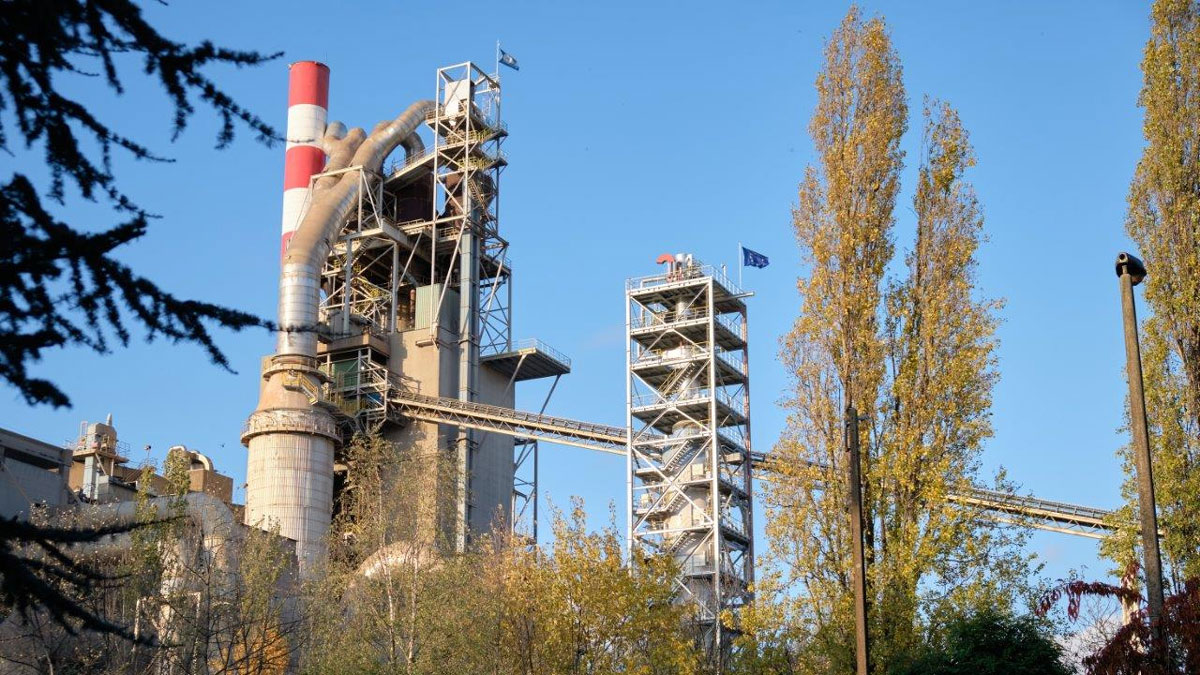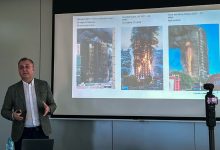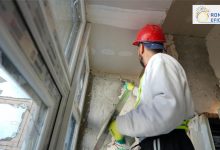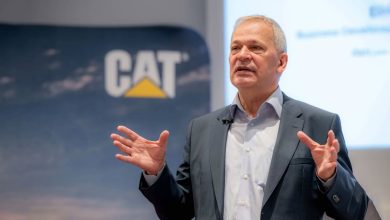LEILAC Project, Cutting-edge Technology to Efficiently Capture CO2
While cement and lime are essential to modern life, unfortunately the manufacturing process unavoidably releases large amounts of CO2. The EU-funded LEILAC project has been developing cutting-edge technology to efficiently capture these emissions at a low cost. This will help to decarbonise a critically important industrial sector and contribute towards cleaner air for all citizens to enjoy.
The Paris Agreement provided the clear objective of keeping a global temperature rise of below 2 °C above pre-industrial levels and pursuing efforts to limit the temperature increase to below 1.5 °C. This has been supported by widespread government and industrial commitments for carbon neutrality by 2050.
This however is not an easy commitment to reach for certain sectors. Cement for example is the key ingredient in concrete, the most widely used man-made material on the planet.
“Cement is the safe, affordable bedrock of our civilisation,” explains EU-funded LEILAC project coordinator Daniel Rennie, general manager of cement decarbonisation at Calix Europe, France. “It is used in our roads, buildings, homes, offices and almost all our infrastructure.” Lime, a calcium-containing material, is also used in a variety of applications including iron and steel, chemical, paper, food, and farming.
Despite achieving production efficiencies in recent years, both industries are responsible for 8% of all global CO2 emissions. These emissions are released when limestone used in the manufacturing process is heated. Capturing this CO2, and ensuring that it does not reach the atmosphere, is the only means of stopping these emissions.
Successful carbon capture
To address this challenge, the EU-funded LEILAC project has developed new technology that offers producers a low-cost method of reducing atmospheric emissions. The ‘Calix’ process, as it is called, works by heating limestone via a special steel reactor. This enables pure CO2 to be separated and captured as it is released from the limestone, keeping the furnace exhaust gases separate.
“Unlike other capture technologies, the new process does not involve any additional processes or chemicals,” says Rennie. “It is therefore a very low-cost way of capturing unavoidable CO2 process emissions.”
A pilot plant at the HeidelbergCement plant in Lixhe, Belgium was built to investigate whether Calix’s novel process could effectively be applied to the cement and lime sector. “Initial trials have been extremely promising,” adds Rennie. “The technology is working as expected.”
While still to be pushed to full capacity, the pilot is designed to separate CO2 at a rate of around 18,000 tonnes per year, the equivalent to the annual emissions of around 10,000 cars.
Transition to global decarbonisation
The success of the LEILAC project has opened the door to a successor project, LEILAC2. This will apply the Calix technology at a larger scale to an operational cement plant, aiming to capture 20% of its emissions. This works out at around 100,000 tonnes per year, the equivalent to the annual emissions of around 55,000 cars.
“If successful, the aim is for this technology to be applied at full-scale globally over the coming years, to contribute towards decarbonisation efforts,” says Rennie. “The cement and lime industries are very interested in pursuing all available decarbonisation pathways.”
Finding low-cost and effective solutions is crucial, not only because of the sector’s primary importance to a raft of industries, but because of its economic significance to the main regions in Europe.
“The production of cement and lime directly employs more than 384 000 people in Europe,” notes Rennie. “Combined with indirect jobs, this comes to more than 1 million. Our aim is to protect local economies, whilst supporting a transition towards global decarbonisation.”
LEILAC Demonstration at HeidelbergCement Plant in Germany
HeidelbergCement has nominated the Hannover site to locate the LEILAC2 Demonstration carbon capture plant after an extensive suitability assessment of several operational sites in Germany.
The European Commission carried out its own assessment and has validated the proposal, with the project receiving €16 M of funding under H2020. Capable of separating 100 ktpa of CO2 per annum, the Demonstration plant is a critical step in demonstrating the application of this novel carbon capture process to the cement and lime industries.
“The LEILAC technology has the potential to enable the cement and lime industries to efficiently capture their process emissions on an industrial scale. The project in Hanover is one of several promising CO2 capture technologies that we are currently testing at full speed within the HeidelbergCement Group,” HeidelbergCement’s Chairman of the Managing Board Dr. Dominik von Achten said.
LEILAC 1 pilot
The LEILAC2 project aims to address the major remaining hurdles before commercial, global rollout. The module will be capable of capturing 20% of the plant’s capacity, or around 100,000 tonnes per year.
The technology is low-cost, scalable, replicable and retrofittable. Starting with the fully operational Hannover plant, the project looks to show how the design can be retrofitted to all existing cement plants without dramatically increasing their costs. Fully developed, supported, and accepted use and storage infrastructure will be required to ensure the CO2 is not ultimately released into the atmosphere.
“We welcome HeidelbergCement’s commitment to their Hannover site for the integration of the LEILAC-2 demonstration unit. This commitment is an important milestone in the project, and we look forward to working with HeidelbergCement and our other LEILAC-2 partners to make the project a success and demonstrate at meaningful scale the ability of the technology to help the cement industry mitigate CO2 emissions,” Phil Hodgson, MD of Calix and Chairman of the LEILAC-2 Executive Board, said.
“The LEILAC1 project has successfully demonstrated that both limestone and raw meal can be processed, that the unavoidable process CO2 is successfully separated, and that the technology fundamentally works. With the tireless efforts by the project team – with multiple organisations contributing their time and expertise from across the globe – we are confident that this scale-up step can be achieved,” Jan Theulen, Director Alternative Resources, HeidelbergCement mentioned.
By providing a low-cost means of capturing hard-to-abate CO2 emissions, the LEILAC process has the potential to allow the cement and lime industries to efficiently capture their process emissions while continuing to safely and efficiently operate. The aim is to enable industry to serve society and efficiently meet market demand, while achieving the Paris Agreement’s ambitions.
The LEILAC2 Project is currently undergoing its initial engineering phase, developing a Basis-of-Design, which is targeted for completion by end June 2021. Following further engineering, it is anticipated that the Demonstration plant will be completed by the end of 2023. The project will also include preliminary investigations into the use and or storage of the captured CO2.







